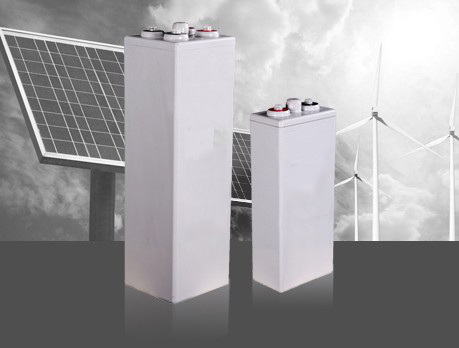Cold weather presents unique challenges for OPzV batteries, as low temperatures can reduce their efficiency and overall capacity. To ensure optimal performance and reliability in extreme cold, follow these best practices when using OPzV batteries in low-temperature conditions.
1. Reduced Battery Capacity
At subzero temperatures, the electrochemical reactions within OPzV batteries slow down, causing a temporary reduction in capacity. This means the battery may not deliver the expected energy, especially if the system is used to power critical applications like telecommunications or backup power.
Tip: Preheat or insulate the battery compartment to maintain an optimal operating temperature. It’s also helpful to oversize the battery system to account for the reduced capacity during cold spells.
2. Slower Charging and Discharge Rates
Cold temperatures can slow down both the charging and discharging processes, leading to inefficient energy use. Charging an OPzV battery at very low temperatures can also cause internal damage due to the risk of electrolyte freezing or incomplete chemical reactions.
Tip: Use low-temperature charging controllers that adjust the charging voltage to suit cold conditions. Avoid charging the battery at temperatures below -10°C to prevent irreversible damage.
3. Preventing Electrolyte Freezing
In extremely cold environments, there is a risk of electrolyte freezing within the gel of the OPzV battery. Freezing temperatures can cause the electrolyte to expand, leading to cracked casings or ruptured battery cells.
Tip: Store and operate batteries in temperature-controlled environments. If the battery must be exposed to freezing temperatures, consider using insulated covers or enclosures to keep the temperature above the electrolyte freezing point, which is generally around -20°C for OPzV batteries.
4. Maintaining Charge During Storage
When OPzV batteries are stored in cold environments, their charge retention decreases, and self-discharge rates increase. This can lead to a loss of charge over time, which can be particularly problematic if the battery is needed for emergency use.
Tip: Keep batteries fully charged before storage in cold environments and periodically check the charge level to prevent deep discharge. It’s also advisable to keep batteries in a warmer location when not in use to preserve their charge.
In conclusion, while OPzV batteries can function in cold conditions, steps such as insulating, temperature management, and using appropriate charging techniques are vital to ensure longevity and efficiency.


